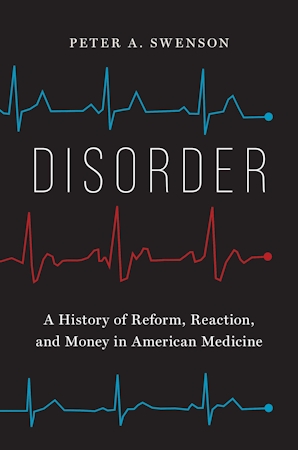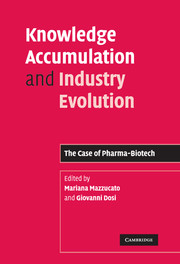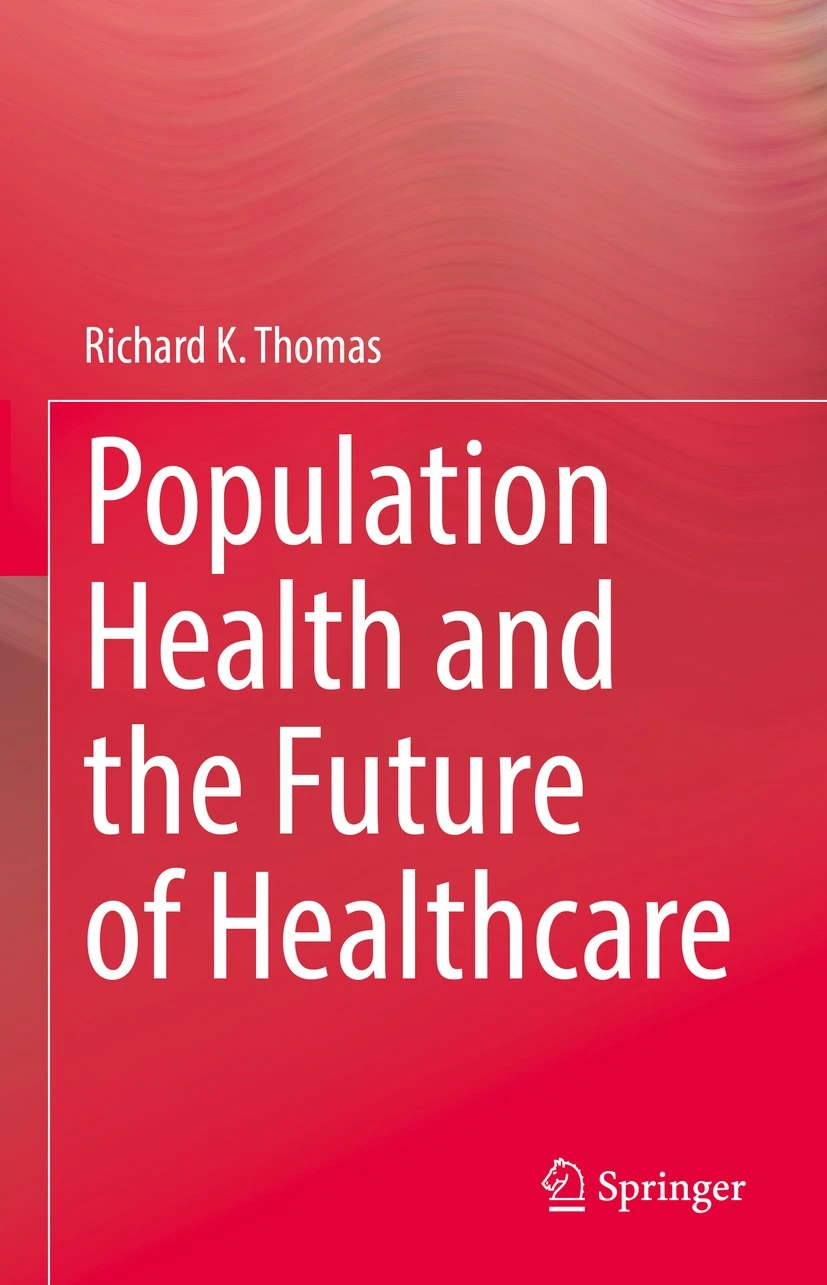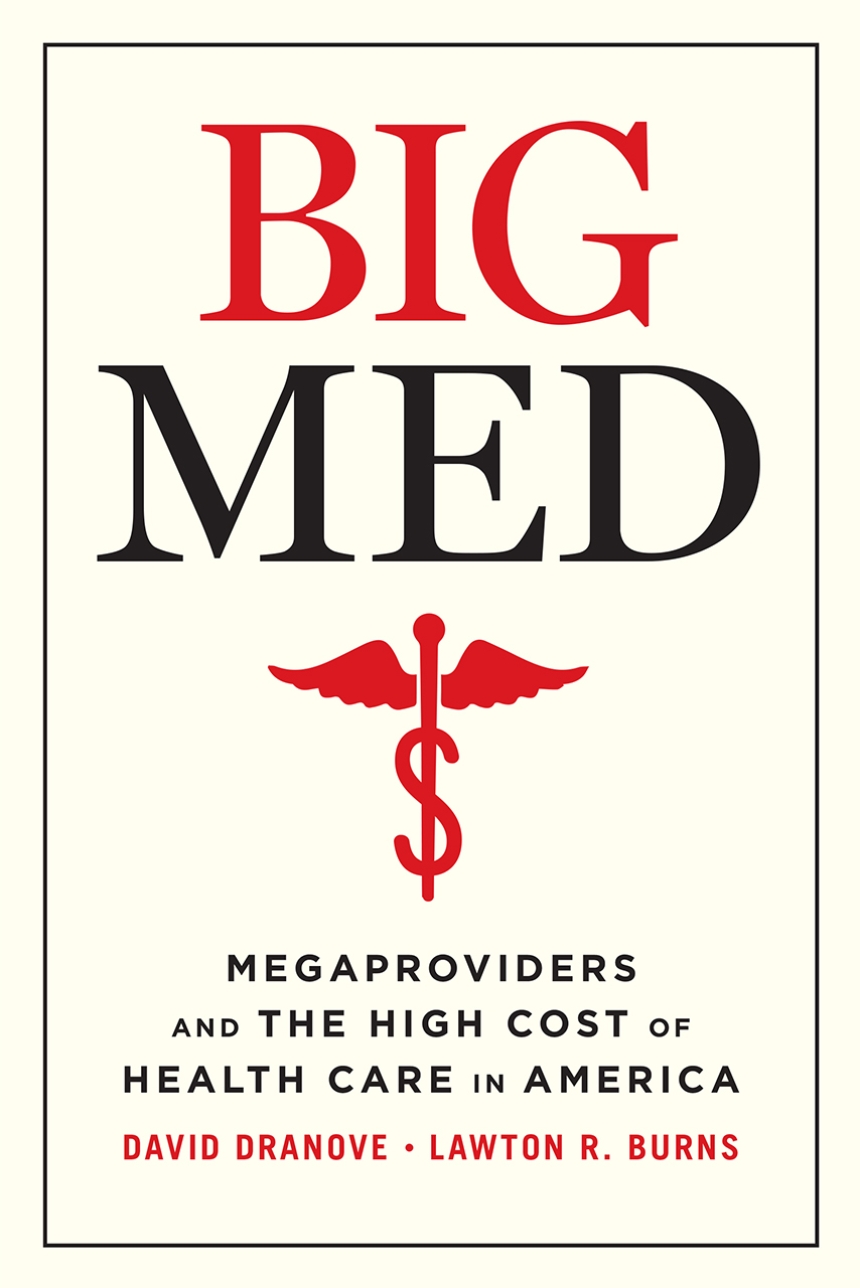Disorder: a history of reform, reaction, and money in american medicine
21 de novembre 2022
19 de novembre 2022
18 de novembre 2022
17 de novembre 2022
Personalized, stratified or precision medicine: the expectations behind a concept
Contested futures: envisioning “Personalized,” “Stratified,” and “Precision” medicine
Rather than pinpointing which of these terms is the “correct” one or delineating the “true” meaning of each, to know how we should critically approach the concepts we need an awareness of the discursive contexts in which they are mobilized. This is because the context ultimately structures the social and ethical implications that “personalization,” “stratification,” or “precision” will have for medicine and healthcare systems, and for different stakeholders. As big health data, predictive and systems-level analysis are, themselves, emergent phenomena, the terminology applied in the discursive spaces around these new biotechnologies and approaches cannot be abstracted from their context. Rather, when we apply the “personalization,” “stratification,” and “precision” terms, we invoke particular associations, connotations, “hopes” and “truths” that are part of pre-existing epistemologically and ethically loaded discourses that reflect broader and weightier struggles over what is a good future.
16 de novembre 2022
Pharma, big pharma (18)
Knowledge Accumulation and Industry Evolution
This book explores how the biotechnology and pharmaceutical sector is affected by innovation, growth and public policy.
15 de novembre 2022
11 de novembre 2022
Pharma, big pharma (17)
Big Pharma. The Money Behind the Pills
Contents:
Chapter 1
Big Pharma’s New Deal: Acquisition and Little Innovation
Blockbuster Drugs Are So Last Century BY ALEX BERENSON
When Academia Puts Profit Ahead of Wonder BY JANET RAE-DUPREE
Grant System Leads Cancer Researchers to Play It Safe BY GINA KOLATA
Are Doctors Too Wary of Drug Companies? BY PAULINE W. CHEN, M.D.
Valeant’s History of Deal-Making BY WILLIAM ALDEN
Roche to Buy InterMune for $8.3 Billion BY ANDREW POLLACK AND MICHAEL J. DE LA MERCED
Why Are So Few Blockbuster Drugs Invented Today? BY DAN HURLEY
$2.6 Billion to Develop a Drug? New Estimate Makes Questionable Assumptions BY AARON E. CARROLL
Stop Subsidizing Big Pharma BY LLEWELLYN HINKES-JONES
Ways to Fund Research on Rare Diseases THE NEW YORK TIMES
AstraZeneca to Acquire Majority Stake in Acerta Pharma BY CHAD BRAY
Explaining Valeant: The Main Theories BY STEVEN DAVIDOFF SOLOMON
Chapter 2
Monopolies and Exclusivity Drive Price Spikes
Runaway Drug Prices BY THE NEW YORK TIMES
Costly Hepatitis C Drugs for Everyone? BY THE NEW YORK TIMES
New Cholesterol Drugs Are Vastly Overpriced, Analysis Says BY ANDREW POLLACK
Inflated Drug Prices THE NEW YORK TIMES
Drug Goes From $13.50 a Tablet to $750, Overnight BY ANDREW POLLACK
Big Price Increase for Tuberculosis Drug Is Rescinded BY ANDREW POLLACK
Valeant Under Investigation for Its Drug Pricing Practices BY ANDREW POLLACK
Senators Condemn Big Price Increases for Drugs BY ANDREW POLLACK
No Justification for High Drug Prices BY THE NEW YORK TIMES
Another Drug Pricing Ripoff BY THE NEW YORK TIMES
The EpiPen, a Case Study in Health System Dysfunction BY AARON E. CARROLL
The Complex Math Behind Spiraling Prescription Drug Prices BY KATIE THOMAS
The Lesson of EpiPens: Why Drug Prices Spike, Again and Again BY ELISABETH ROSENTHAL
Chapter 3
Disease Branding and the Profusion of Diagnoses
Ritalin Wars BY JUDITH WARNER
Disease Branding BY BEN SCHOTT
Still the ‘Age of Anxiety.’ Or Is It? BY DANIEL SMITH
Ruling Is Victory for Drug Companies in Promoting Medicine for Other Uses BY KATIE THOMAS
A.D.H.D. Seen in 11% of U.S. Children as Diagnoses Rise BY ALAN SCHWARZ AND SARAH COHEN
Is It Really A.D.H.D. or Just Immaturity? BY KJ DELL’ANTONIA
Overselling A.D.H.D.: A New Book Exposes Big Pharma’s Role BY STEVE SILBERMAN
A Profusion of Diagnoses. That’s Good and Bad. BY DHRUV KHULLAR, M.D.
Chapter 4
The Money Behind Epidemics: Preventing, Treating and Healing
For Profit, Industry Seeks Cancer Drugs BY ANDREW POLLACK
F.D.A. Advisory Panel Backs Preventive Use of H.I.V. Drug BY DENISE GRADY
Advocating Pill, U.S. Signals Shift to Prevent AIDS BY DONALD G. MCNEIL JR.
Painkillers Resist Abuse, but Experts Still Worry BY ALAN SCHWARZ
The C.E.O. of H.I.V. BY CHRISTOPHER GLAZEK
The Insanity of Taxpayer-Funded Addiction BY THE NEW YORK TIMES
F.D.A. to Expand Medication-Assisted Therapy for Opioid Addicts BY SHEILA KAPLAN
As Opioid Prescriptions Fall, Prescriptions for Drugs to Treat Addiction Rise BY ABBY GOODNOUGH
Chapter 5
The Trump Administration vs. Big Pharma
The Real Reason Medicare Is a Lousy Drug Negotiator: It Can’t Say No BY MARGOT SANGER-KATZ
The Fight Trump Faces Over Drug Prices BY KATIE THOMAS
Trump Vows to Ease Rules for Drug Makers, but Again Zeros In on Prices BY KATIE THOMAS
Drug Lobbyists’ Battle Cry Over Prices: Blame the Others BY ERIC LIPTON AND KATIE THOMAS
Draft Order on Drug Prices Proposes Easing Regulations BY SHEILA KAPLAN AND KATIE THOMAS
Lower Drug Prices: New Proposals Carry Lots of Promises BY KATIE THOMAS AND REED ABELSON
What Big Pharma Fears Most: A Trump Alliance With Democrats to Cut Drug Prices BY ROBERT PEAR
Trump Proposes to Lower Drug Prices by Basing Them on Other Countries’ Costs BY ROBERT PEAR
10 de novembre 2022
Understanding Population Health
Population Health and the Future of Healthcare
Contents:
Defining Population Health
The Road to Population Health: A Changing Society
The Road to Population Health: A Changing Healthcare System
The Roots of Population Health
Health Status and How to Measure It
The Social Determinants of Health and Illness
Paying the Piper: Health Disparities
Population Health and Healthcare Delivery
Population Health and Public Policy
Traditional Approaches to Community Health Data
Data Needs for the Population Health Model
The Role of the Community in Population Health Improvement
09 de novembre 2022
Trends in Population Health
A History of Population Health. Rise and Fall of Disease in Europe
In A History of Population Health Johan P. Mackenbach offers a broad-sweeping study of the spectacular changes in people’s health in Europe since the early 18th century. Most of the 40 specific diseases covered in this book show a fascinating pattern of ‘rise-and-fall’, with large differences in timing between countries. Using a unique collection of historical data and bringing together insights from demography, economics, sociology, political science, medicine, epidemiology and general history, it shows that these changes and variations did not occur spontaneously, but were mostly man-made. Throughout European history, changes in health and longevity were therefore closely related to economic, social, and political conditions, with public health and medical care both making important contributions to population health improvement.
08 de novembre 2022
Trends in health expenditure
Money and Medicine. The Evolution of National Health Expenditures
Contents:
Chapter 1: Introduction: The Transformation of Medicine
Chapter 2: Hammurabi to Middlemarch, 1750 BCE to 1850 CE
Chapter 3: The Rise of Modern Medicine, 1880 - 1975
Chapter 4: Global and National Market Trends 1950 - 2020
Chapter 5: Scaling Up
Chapter 6: Contracts: Buying & Selling Medicine
Chapter 7: USA: A Case Study of Leadership and Excess
Chapter 8: Population Aging
Chapter 9: Temporary Fluctuations, Trend Shifts, Lags, and Inertia
Chapter 10: Measuring NHE: Accounting, Boundaries and Budgets
Chapter 11: Forecasting National Health Expenditures: 2030 to 2130
Chapter 12: Conclusion: Seeing the Growth Curve Bend
04 de novembre 2022
Is prevention better than cure?
The Great Health Dilemma. Is Prevention Better than Cure?
The proverbial benefits of prevention over cure are self-evident—and yet we are reluctant to invest in staying healthy. Resolution of this age-old dilemma begins with a timeless truth: the benefits of good health come at a cost: prevention is not better than cure at any price. That logic leads to a testable—and refutable—proposition: that prevention should be favoured when an imminent, high-risk, high-impact hazard can be averted at relatively low cost. Application of this idea helps to explain why cigarette smoking is still commonplace, why the world was not ready for the COVID-19 pandemic, why the idea of a ‘sin tax’ is misconceived, why billions still do not have access to safe sanitation, why the response to climate change has been so slow, and why public health advice often falls on deaf ears. Much more money and effort are invested in health promotion and prevention today than is commonly thought, but the enormous avoidable burden of illness is reason to seek incentives for investing still more. The principles, together with a series of case studies in diverse settings, offer 12 lessons for prevention. These are methods and motives for shifting the balance away from reactive medical treatment, bypassing illness and injury, to promote better health and well-being.
03 de novembre 2022
Improving health
How the world around us affects our health and life trajectory, and how our wider environment can help us to make easier health choices:
1. Introduction 1
2. Are we healthy? It’s complicated 11
3. Is our health system ready for the future? 29
4. The social drivers of health 45
5. The commercial drivers of health 63
6. Shared values, shared health, shared prosperity 83
7. Does the healthcare system help or hinder our health? 99
8. The promise of technology 119
9. So whose health is it? Time to value total health 135
23 d’octubre 2022
21 d’octubre 2022
Megaproviders are the driver of a megaproblem
Big Med. Megaproviders and the High Cost of Health Care in America
Dranove and Burns trace Big Med’s emergence in the 1990s, followed by its swift rise amid false promises of scale economies and organizational collaboration. In the decades since, megaproviders have gobbled up market share and turned independent physicians into salaried employees of big bureaucracies, while delivering on none of their early promises. For patients this means higher costs and lesser care. Meanwhile, physicians report increasingly low morale, making it all but impossible for most systems to implement meaningful reforms.
In Big Med, Dranove and Burns combine their respective skills in economics and management to provide a nuanced explanation of how the provision of health care has been corrupted and submerged under consolidation. They offer practical recommendations for improving competition policies that would reform megaproviders to actually achieve the efficiencies and quality improvements they have long promised.
This is an essential read for understanding the current state of the health care system in America—and the steps urgently needed to create an environment of better care for all of us.
You'll find an excellent review here.










